French Gabon year 1904/07 – 5 Fr. MH stamp
French Gabon, also known as Gabonese Republic, was a French colonial territory located in Central Africa. Here’s an overview of its history:
- Colonial Era: Gabon became a French colony in the late 19th century during the “Scramble for Africa.” French explorers and traders began establishing settlements along the coast in the mid-19th century, and Gabon was officially incorporated into French Equatorial Africa in 1910.
- Administration: Gabon was governed as part of French Equatorial Africa, which also included present-day Chad, the Central African Republic, and the Republic of the Congo. It was administered by a French governor-general based in Brazzaville.
- Economy: The economy of Gabon was based primarily on agriculture, with cash crops such as cocoa, coffee, and palm oil being significant exports. The French also exploited Gabon’s natural resources, including timber and minerals such as manganese and uranium.
- Social and Political Development: During the colonial period, Gabon experienced significant social and political changes, including the introduction of Christianity, Western education, and French language and culture. However, political participation and representation were limited, and indigenous Gabonese people had little say in governance.
- Independence: Gabon gained independence from France on August 17, 1960, becoming the Gabonese Republic. Leon M’ba became the country’s first President, and Gabon adopted a presidential system of government.
- Post-Independence Era: After independence, Gabon continued to rely on its natural resources, particularly oil, as a major source of revenue. The country experienced political stability under the long rule of President Omar Bongo, who served from 1967 until his death in 2009.

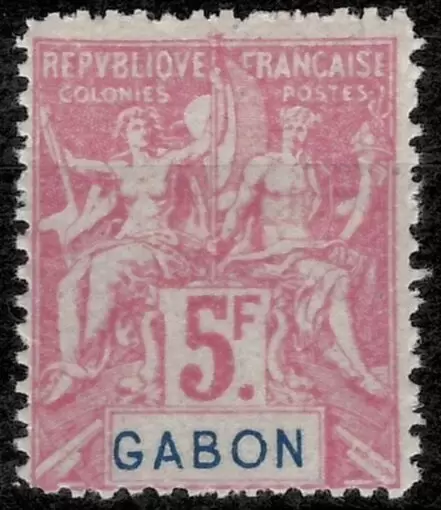
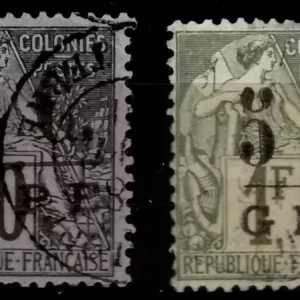


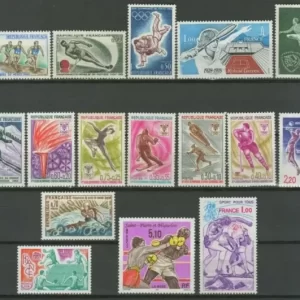
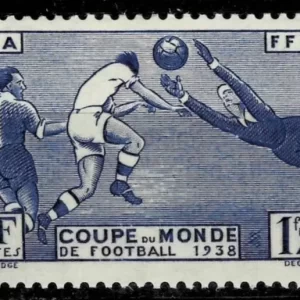
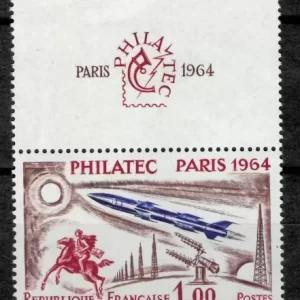
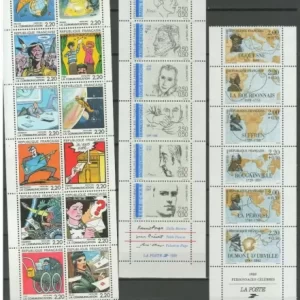
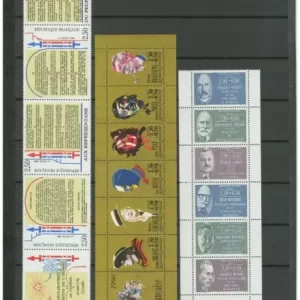
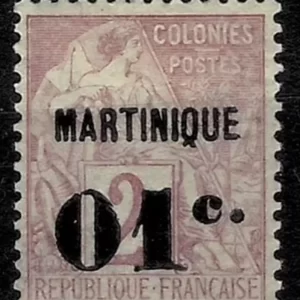
Reviews
There are no reviews yet.